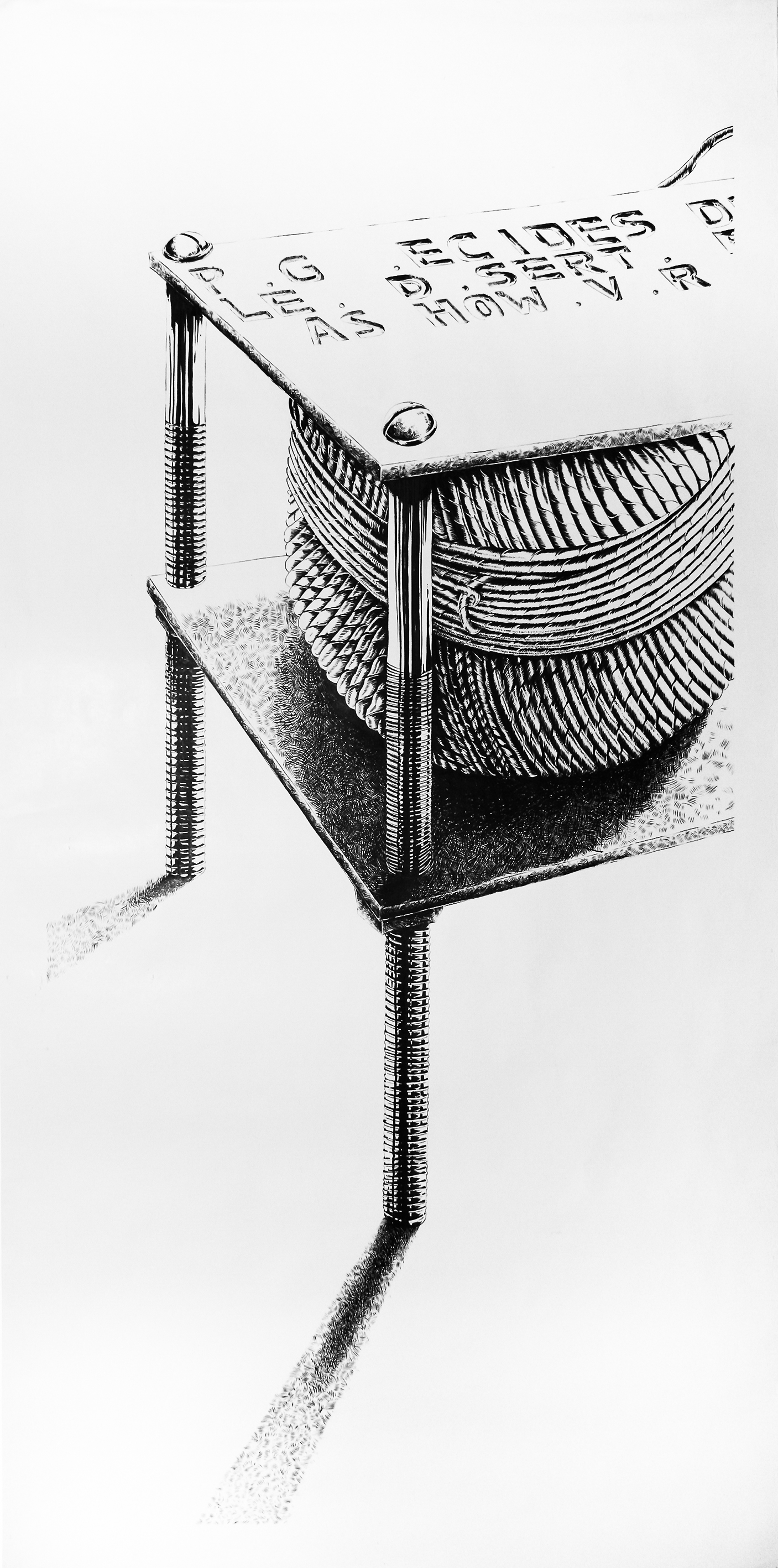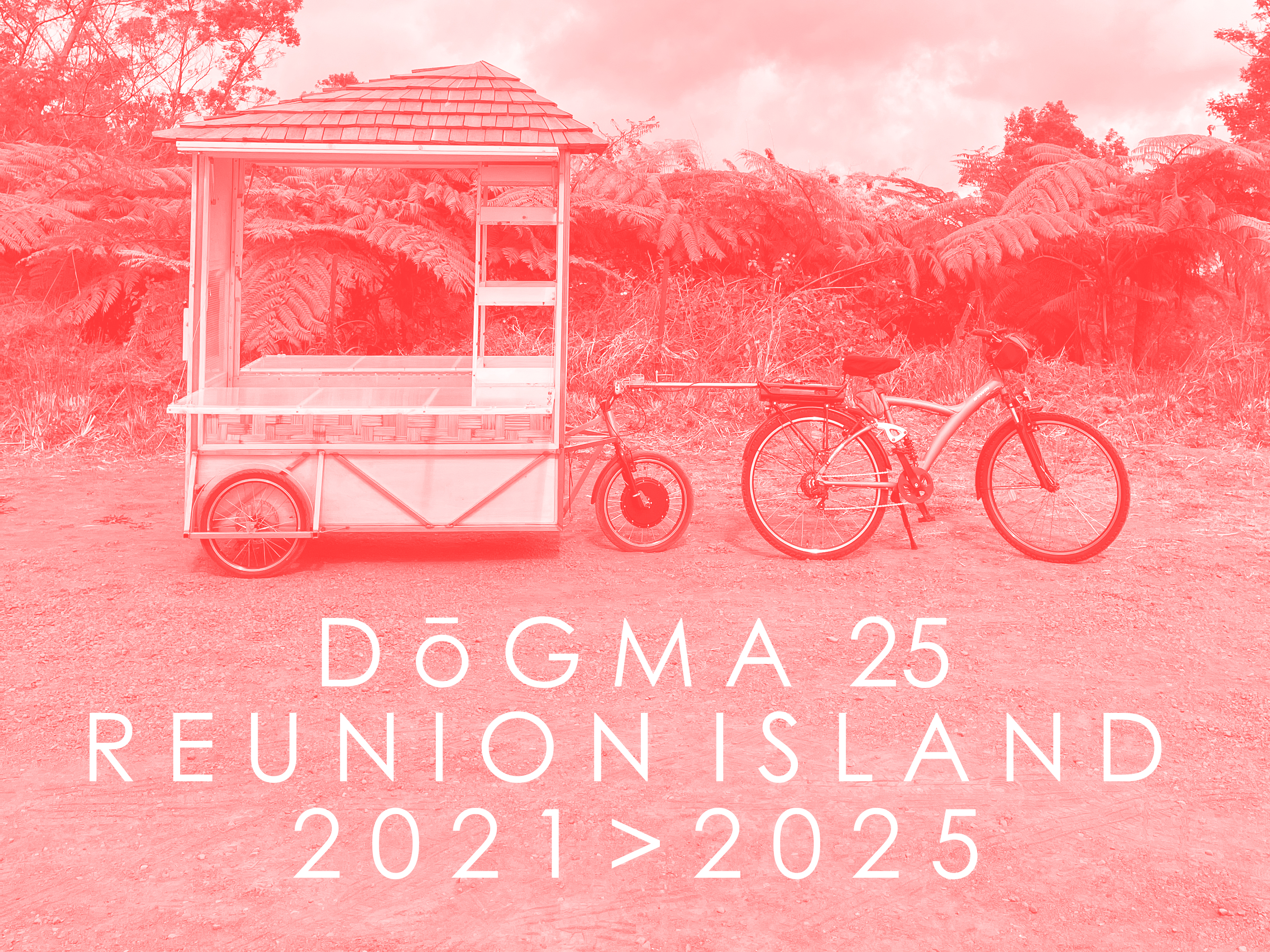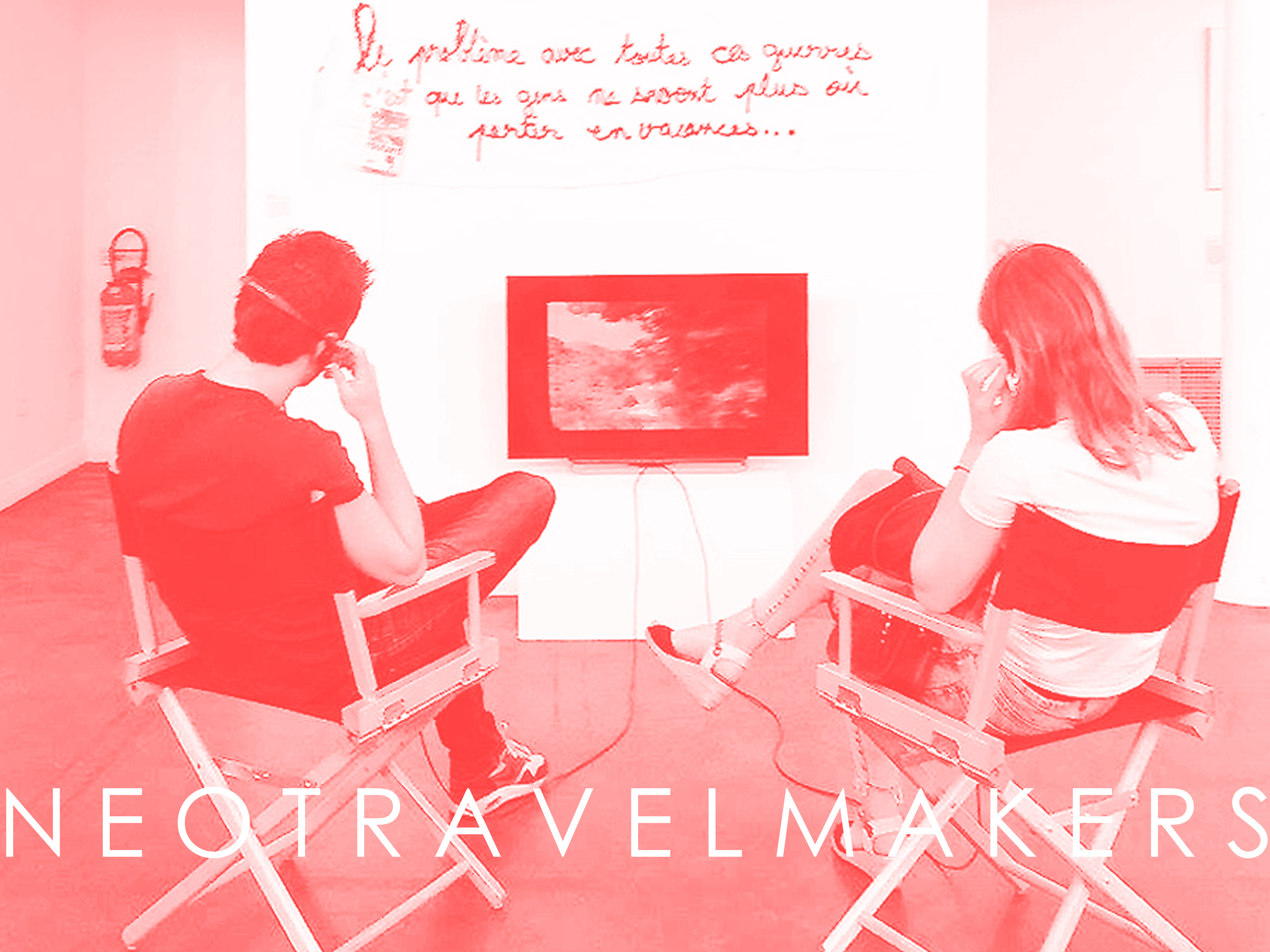Cette série, composée de 14 dessins de grand format, explore graphiquement les rapports complexes qu’entretiennent la nature et la culture.
La dimension naturelle se manifeste tant dans les éléments représentés (organes, végétaux, bois et fleurs notamment) qu’à travers les outils employés pour la réalisation des oeuvres (bambou, plumes, papiers).
L’aspect culturel se situe pour partie au niveau de la confection d’outils, en tant que détournement de matériaux naturels dans une visée utilitaire. La branche devient pieu, arc, flèche. Le végétal devient ficelle. Le bois se transforme en table. Le bambous taillé se transforme en calame et permet de dessiner à l’encre. La plume se transforme en matériel de dessin.
Au-delà de ce couple nature / culture qui irrigue le projet dans son aspect matériel concret, son titre donne de nombreuses indications sur les questionnements en germe dans cette série. C’est dans toute sa polysémie qu’il faut l’entendre. Si la ligne est celle qui, une fois entrecroisée, forme un dessin, elle est aussi sur un autre plan celle qui infléchit nos choix et qui dirige notre conduite tout au long de nos vie. Sommes-nous en mesure de de dominer notre nature, y compris dans sa dimension la plus primitive ? Destinons nous pour toujours cette nature à une vie cachée au profit d’une culture qui nous pare d’une certaine respectabilité ? La vérité se situe vraisemblablement dans une zone intermédiaire variable et fluctuante.
This series of 14 large-format drawings, graphically explores the complex relationships between nature and culture.
The natural dimension is manifested both in the elements represented (organs, plants, wood and flowers in particular) and through the tools used for the realization of the works (bamboo, feathers, paper).
The cultural aspect is at the level of the making of tools for the first part, and the diversion of natural materials for a utilitarian purpose in a second hand. The branch becomes stake, bow, arrow. The plant becomes string. The wood turns into a table. The cut bamboo turns into a pen and allows you to draw in ink. The feather turns into drawing material.
Beyond this nature / culture couple which irrigates the project in its concrete material aspect, its title gives many indications on the questions in germ in this series. It is in all its polysemy that it should be heard. If the line is the one which, once crossed, forms a drawing, it is also on another plane that which influences our choices and directs our conduct throughout our lives. Are we able to dominate our nature, including in its most primitive dimension? Do we forever destine this nature to a hidden life for the benefit of a culture that endows us with a certain respectability? The truth probably lies in a variable and fluctuating intermediate zone.
















